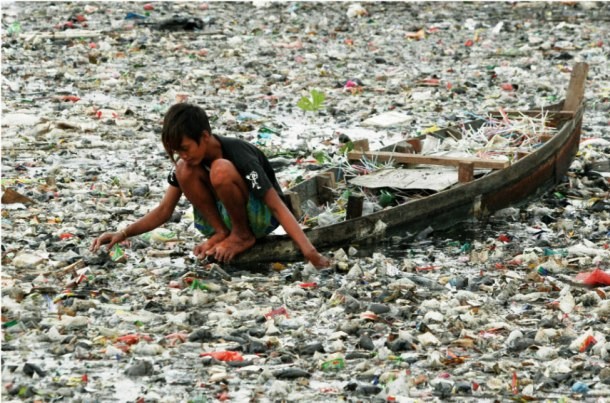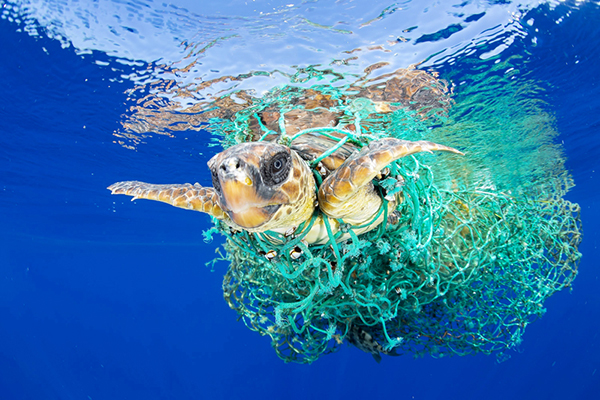


Ocean plastic pollution is a pressing reality and it adversely affects wildlife, wildlife habitat, and us.
1. Billions of pounds of plastic can be found in the oceans, making up to about 40% of the world’s ocean surfaces. 80% of that plastic pollution comes from land.

2. It is estimated that 8 million metric tons of plastic end up in our oceans every year.
Garbage floating in the ocean gathers in 5 giant patches, the largest being the Great Pacific garbage patch, estimated to be twice the size of Texas, with plastic pieces outnumbering sea life six to one.
3. Plastic is approximately 90% of all trash floating in the oceans.
4. It takes 500-1000 years for plastic to degrade.
5. Plastic pollution has a direct and deadly effect on wildlife. Thousands of seabirds and sea turtles, and marine mammals are killed each year after ingesting plastic or getting entangled in it.

6. Almost half of all seabird species, 22% of cetaceans, all sea turtle species and a growing list of fish species have been documented with plastic found in or around their bodies.
7. Plastic chemicals can be absorbed by the body, in a study 93% of Americans age six or older tested positive for BPA (a plastic chemical).
8. The entry of plastic pieces into our food chain is of concern to human health. Exposures to these chemicals have been suggested to contribute to some cancers, and infertility, as well as immune, metabolic, cognitive and behavioural disorders.
9. Over the last ten years we have produced more plastic than during the whole of the last century.
10. 50% of the plastic we use, we use just once and throw away.
11. We currently recover only 5% of the plastics we produce.
12. Landfills are among the biggest contributors to soil pollution. About 80% of the items buried in landfills could be recycled.